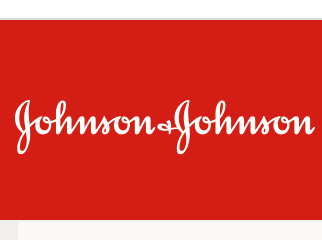LONDON — Health care systems around the world are struggling to cope with rising numbers of Covid-19 infections as they race against the clock to vaccinate the vulnerable.
The three vaccines currently approved for use by major Western economies all require two separate jabs.
Given supplies are limited, governments are considering contentious tactics like stretching the length of time between doses to get at least one dose to as many people as possible.
A one-shot vaccine could significantly improve our ability to fight the virus — and we may have one soon.
Johnson & Johnson is expected to deliver preliminary late-stage trial results for its one-dose Covid vaccine candidate by the end of January.
If its jab is proven to be safe and effective, the company aims to deliver at least 1 billion doses by the end of the year.
The J&J vaccine was developed by the company’s Belgian unit, Janssen Pharmaceutica, and is based on viral adenovirus vector technology, the same approach used to create the University of Oxford-AstraZeneca vaccine.
This type of shot is easier to scale up than those developed by Pfizer-BioNTech and Moderna which are based on messenger RNA technology.
Health care analyst Adam Barker at Shore Capital said in an email to CNBC last week:
“The J&J vaccine is more like the AstraZeneca vaccine, but it uses only one dose.
“So we know this approach works (viral-vector) and it targets the spike protein. We know that target works too. But, we’ll have to see what one dose does.”
Morgan Stanley’s health care team said in a research note published last week that J&J’s vaccine offers “unique elements and efficacy could surprise to the upside relative to AstraZeneca driving confidence in pandemic response and market recovery.”
Click source below to read more.
Why Did Johnson & Johnson Cut the Size of Its Coronavirus Vaccine Trial?
It’s not something investors should be worried about.
Brian Orelli, PhD (TMFBiologyFool | Jan 3, 2021
Johnson & Johnson (NYSE:JNJ) is trailing the leaders in the coronavirus vaccine race, but the healthcare giant is approaching the finish line, thanks to cutting the size of its phase 3 clinical trial.
In a Motley Fool Live interview on Dec. 21, Corinne Cardina, bureau chief of healthcare and cannabis, and Fool.com contributor Brian Orelli discussed the implications of the smaller clinical trial.
Corrine Cardina: So Johnson & Johnson announced that they have completed enrollment for their trial, for their one-dose vaccine candidate. They actually ended up lowering the target number of participants in the study. What drove that decision and does it have any implications, Brian?
Brian Orelli: Yes. They were planning for 60,000 patients and then they lowered it to 45,000 patients. This is an event-driven clinical trial. Most clinical trials are time-driven. If you think of something like psoriasis, rheumatoid arthritis, you treat for a certain amount of time and then at the end of that time, you see whether the symptoms improved. Events-driven trials are measuring a certain event.
So in the case of a vaccine, that’s infections. Cancer trials are also usually run as event-driven clinical trials, and then you’re looking at survival or progression of the disease.
You run the trial, you count the number of events, and the trial is blinded so you don’t know whether those are occurring in the placebo group or in the treatment group. Then after you get to a certain number of events, then you unblind it, and look and see do these people get treatment or do they get vaccines.
If the infection rate is higher, which it is, than when they first started the clinical trial. Then trials can be smaller because the number of events will happen sooner. If it is a very rare event, then you need more patients than if it is a more likely event … Read more.



